Table of content
- Leavened Dough: The Art of Fermentation
- Hot Water Dough: The Science of Starch Gelatinization
- Northern China: Leavened Dough Dominance
- Southern China: Hot Water Dough Precision
- Modern Innovations: Fusion and Flexibility
- When to Choose Leavened Dough
- When to Choose Hot Water Dough
- Leavened Dough: A Canvas for Bold Flavors
- Hot Water Dough: Elegance in Simplicity
Chinese savory pancakes, known as cai he zi (菜盒子), are a beloved street food and home-cooked staple across China and diaspora communities. These half-moon-shaped pastries, stuffed with aromatic fillings like seasoned vegetables, eggs, or minced meat, spark endless culinary debates. One of the most heated discussions revolves around dough preparation: Should home cooks and chefs use leavened dough (发面, fa mian) or hot water dough (烫面, tang mian)? This article delves into the science, history, and practicality of both methods, offering insights to help enthusiasts navigate this age-old dilemma.
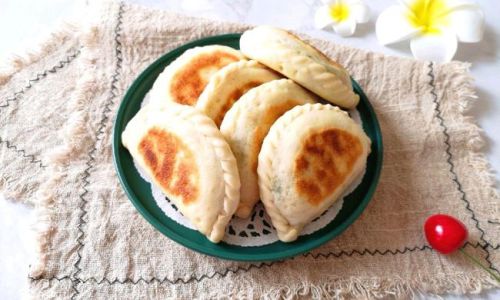
The Foundations of Dough Making
To appreciate the debate, one must first understand the core differences between leavened and hot water dough. Each technique alters the dough’s texture, flavor, and cooking behavior, directly impacting the final product’s taste and mouthfeel.
Leavened Dough: The Art of Fermentation
Leavened dough relies on yeast or sourdough starter to ferment, producing carbon dioxide gas that creates air pockets. This process, known as proofing, results in a light, airy texture. The dough’s structure is strengthened by gluten development, which occurs as flour proteins absorb water and form elastic networks during kneading.
Key Characteristics:
- Texture: Soft, fluffy, and slightly chewy.
- Flavor: Mild tanginess from fermentation, enhanced by Maillard browning during frying or baking.
- Cooking Method: Often pan-fried or baked to achieve a crisp exterior without drying out the interior.
Leavened dough is time-intensive, requiring 1–2 hours of proofing. However, its forgiving nature makes it ideal for novice cooks, as slight over-kneading or temperature fluctuations are less likely to ruin the final product.
Hot Water Dough: The Science of Starch Gelatinization
Hot water dough, by contrast, uses scalded flour—flour mixed with boiling water—to denature proteins and gelatinize starches. This process partially cooks the dough, resulting in a tender, pliable texture with minimal gluten formation.
Key Characteristics:
- Texture: Delicate, almost silky, with a tender crumb.
- Flavor: Neutral, allowing the filling’s taste to shine.
- Cooking Method: Best suited for shallow frying or steaming, as the dough cooks quickly and retains moisture.
Hot water dough requires precision: the water must be boiling to activate starch gelatinization, and the dough must rest briefly to cool before handling. While faster to prepare than leavened dough, it demands careful handling to prevent tearing.
Cultural and Regional Preferences
The choice between leavened and hot water dough often reflects regional traditions and culinary philosophies.
Northern China: Leavened Dough Dominance
In northern provinces like Shandong and Hebei, where wheat is a dietary staple, leavened dough reigns supreme. Cold winters and a preference for hearty, filling meals align with leavened dough’s ability to create substantial, satisfying pancakes. Northern cooks often pair leavened cai he zi with pickled vegetables or spicy dipping sauces to cut through the dough’s richness.
Southern China: Hot Water Dough Precision
Southern regions, such as Jiangsu and Zhejiang, favor hot water dough for its delicate texture. Here, fillings tend to be more elaborate—think shrimp, bamboo shoots, and mushrooms—and the dough’s neutrality complements these complex flavors. Hot water dough’s quick preparation also suits the humid climate, where prolonged fermentation can be unpredictable.
Modern Innovations: Fusion and Flexibility
In contemporary Chinese cuisine, chefs increasingly blend techniques. Some use a hybrid approach: a hot water dough base with a touch of yeast for subtle lift. Others experiment with colorants (like spinach or beetroot juice) or gluten-free flours to cater to dietary trends.
Practical Considerations for Home Cooks
For home cooks, the decision hinges on time, equipment, and desired outcome.
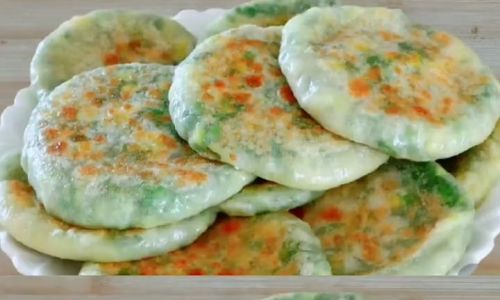
When to Choose Leavened Dough
- Time: Ideal for meal prepping, as dough can be proofed in advance.
- Fillings: Works well with drier mixtures (e.g., scrambled eggs, tofu, or shredded vegetables), as the dough’s porosity absorbs excess moisture.
- Equipment: Requires a warm, draft-free space for proofing. Ovens with a “proof” setting or a microwave with a bowl of hot water can substitute.
Tip: Over-proofed dough can be salvaged by gently punching it down and re-kneading.
When to Choose Hot Water Dough
- Speed: Ready in 30 minutes or less, perfect for quick meals.
- Fillings: Excellent for juicy or oily fillings (e.g., pork belly, chili oil), as the dough’s tight crumb prevents leaks.
- Equipment: Minimal—just a mixing bowl and a stove.
Tip: Handle hot water dough with lightly oiled hands to prevent sticking.
The Great Taste Test: Texture and Flavor
Critics of leavened dough argue that its airy texture overshadows delicate fillings, while hot water dough advocates claim its neutrality lacks depth. However, both methods have merits when paired thoughtfully.
Leavened Dough: A Canvas for Bold Flavors
The dough’s subtle tanginess and crisp exterior make it ideal for robust fillings. For example, a spicy lamb and cumin mixture benefits from the dough’s structural integrity, allowing flavors to meld during frying.
Hot Water Dough: Elegance in Simplicity
Its tender texture elevates subtle fillings, such as steamed pumpkin and sesame seeds, where the dough’s softness mirrors the filling’s creaminess.
Troubleshooting Common Issues
Even seasoned cooks encounter hiccups. Here’s how to fix them:
- Leavened Dough Too Dense: Over-kneading or insufficient proofing. Let it rest longer next time.
- Hot Water Dough Tearing: Insufficient gluten development. Add a tablespoon of cold water and knead gently.
- Soggy Bottoms: Cooking at too low a temperature. Increase heat to ensure crisping.
The Verdict: A Matter of Preference
The debate between leavened and hot water dough ultimately boils down to context. Leavened dough offers nostalgia, heartiness, and versatility, while hot water dough delivers precision, speed, and elegance.
For traditionalists, leavened dough embodies the comfort of family meals, while hot water dough represents culinary refinement. For modern cooks, the choice is a creative act—a chance to balance tradition with innovation.
Conclusion: Experimentation is Key
The beauty of cai he zi lies in its adaptability. Whether you prefer the rustic charm of leavened dough or the polished finesse of hot water dough, the key is to cook with intention. Try both methods, tweak fillings, and share your creations. After all, the best dish is the one that brings joy to your table.
So, the next time you crave a savory pancake, ask yourself: Do I seek the embrace of fermentation or the clarity of scalded flour? The answer, like the dough itself, is yours to shape.
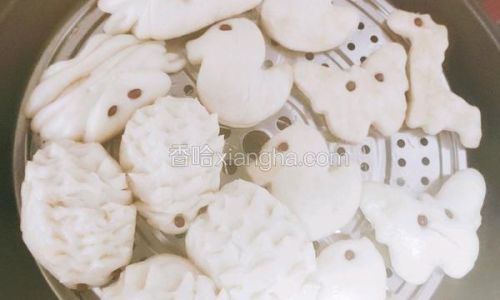
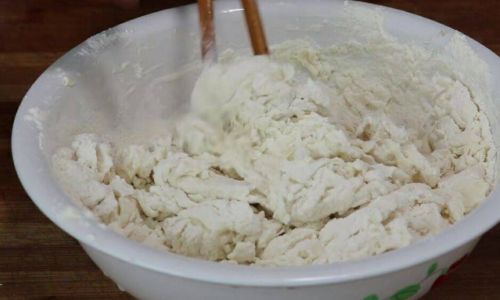
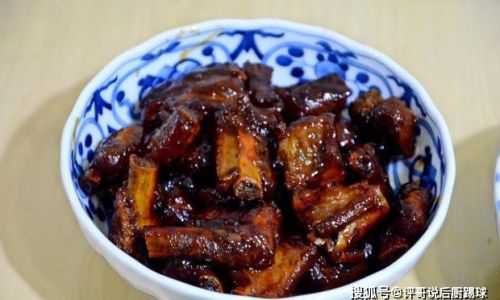
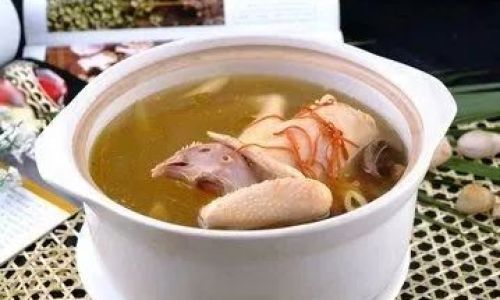
0 comments